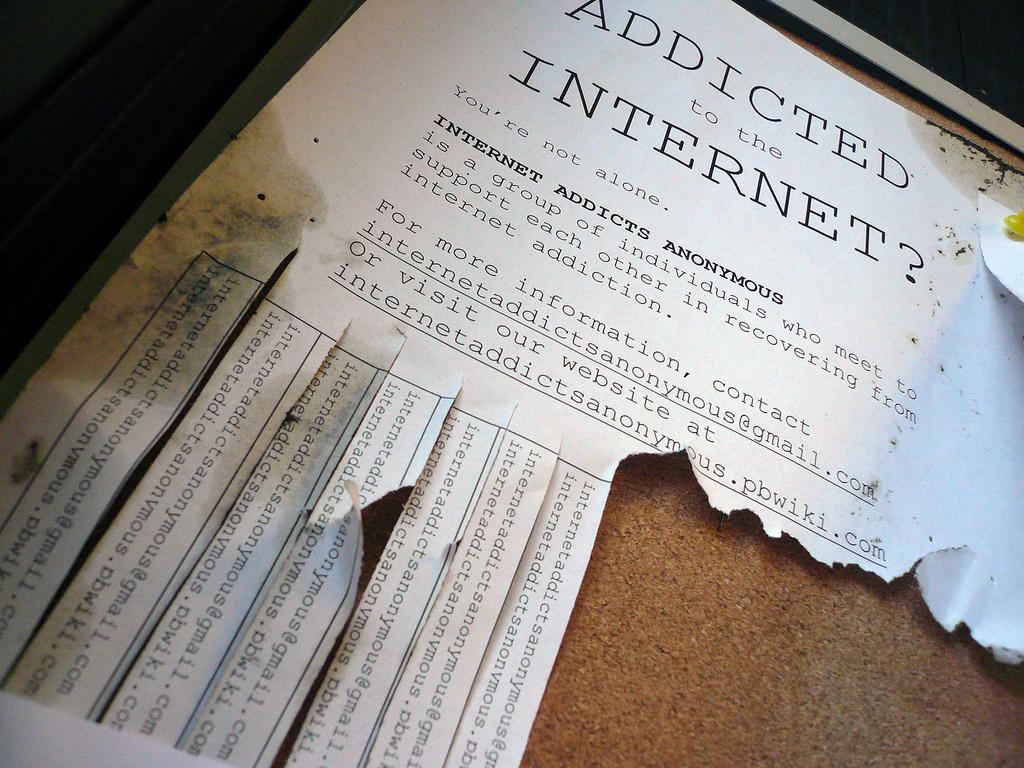What do nicotine, Twitter, alcohol, Instagram, caffeine, and Farmville have in common? That you become easily addicted to them, and that they are an excellent source of income for their creators (except Twitter, maybe). Recently, a book was published on how to do just that: design apps and websites in such a way that people become captivated by their screens and smartphones. In Hooked: How to Build Habit-Forming Products, design blogger, Nir Eyal, will teach you the tricks of the addiction trade.
Addiction: a compulsive need for and use of a habit-forming substance (as heroin, nicotine, or alcohol) characterized by tolerance and by well-defined physiological symptoms upon withdrawal; broadly: persistent compulsive use of a substance known by the user to be harmful (Merriam-Webster).
Why do some products capture our attention while others flop? What makes us engage with certain products out of habit? Is there a pattern underlying how technologies hook us?
This book introduces readers to the "Hook Model," a four step process companies use to build customer habits. Through consecutive hook cycles, successful products reach their ultimate goal of bringing users back repeatedly — without depending on costly advertising or aggressive messaging. Hooked is a guide to building products people can't put down.
Pinterest anyone?
It's no wonder that app builders are using everything to get our attention. It won't be surprising if Hooked has already become a bestseller in the Valley. Hooked uses methods from (popular) psychology. An addiction to the screen is designed in four steps: it starts with a certain need, urge, or deficiency – someone that is lonely, anxious, or bored. This is the immediate cause that he (or she) will look for something to fill the void — an app or website. Let's take Pinterest as an example, where we can share and collect images. After downloading, Pinterest asks us to fill in our name, address, and some other choices — what do you like? This first section should remain simple and should not allow for any potential bumps or snags that might make the user change his mind.
Why? Because we want to get to the third phase. That's where you are rewarded. At Pinterest, this consists of a number of stimulating images shared by its many users. Rewards are preferably variable (you're never sure what you will get) — like a gambling machine returns an unknown result. A carefully selected metaphore that raises the suspicion that an addiction is in the making. The process is fed by the fourth and final step: the investment. Encouraged by the variable reward that makes you want more, additional data is given to Pinterest that 'enhances the user experience'. The app can now better understand what the user wants, as he (or, at Pinterest far more likely, a she) will like some images, and/or will upload his first photo. Every extra investment increases the commitment and deminishes the chance that the user will pull out.
After going through these four phases, a habit is born (bored? Go to YouTube!), and in the best case (says Nir) an addiction (Lonely? Facebook!). This naturally raises some exciting ethical questions. But if it is done with the best intentions (let's assume the creator would recommend his app to his mother — or use it himself), not much harm might be done. If a very addictive app will make you brush your teeth everyday, who could be against that, right?
Cutting corners
The book reads well and no doubt contains some truth. At the same time, it is also cutting corners — especially where it concerns the ethics of an addiction. And, the four phases in themselves are never enough to make an app popular — there just is no recipe for that. That a good knowledge of psychology will help developers to create better (or more frequently used) apps is of course a sine qua non, and this book can help them in that respect.
At the same time, I wonder if we should want this. The wave of notifications is a constant attack on the attention of the user, who is interrupted time after time, with a loss of concentration and productivity as a consequence. Again and again, the easy route is taken — short-term pleasures above an investment in the future. Users are gratified, but autonomy is disappearing. This is a dark side of this young mass medium that we as society still have to learn to handle. Who will invent the first nicotine patch equivalents for an app addiction? Until then, I advise you to turn off all notifications, just to be on the safe side. Or is it already too late for that?
